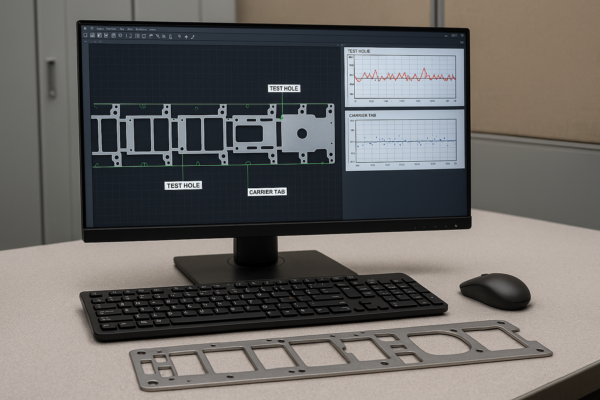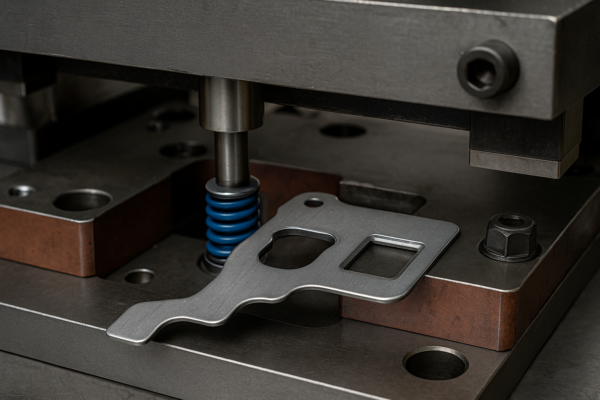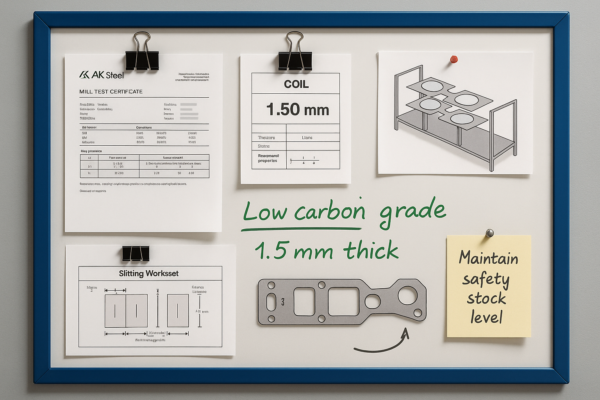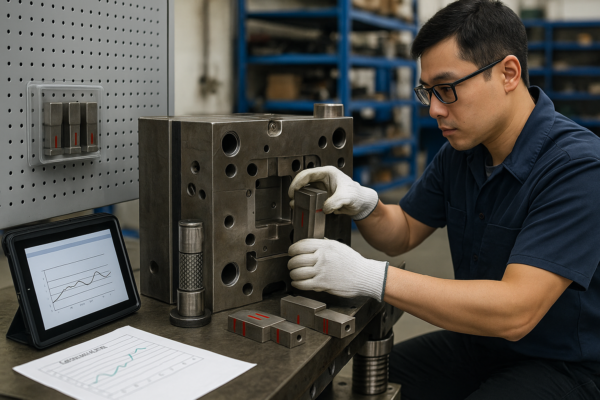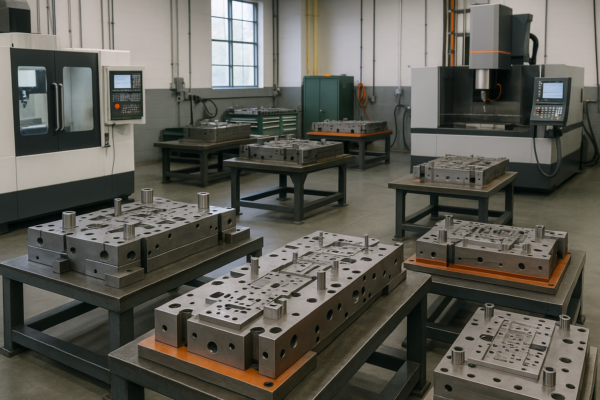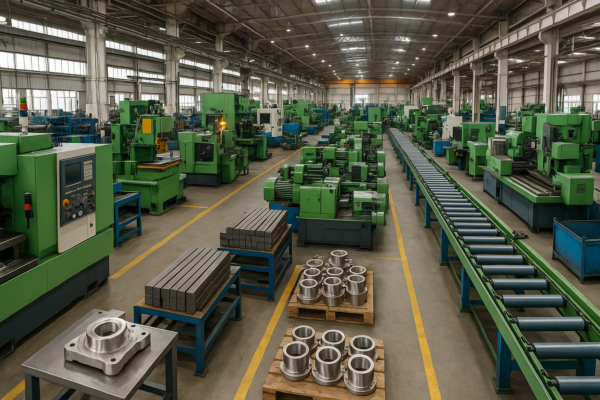How to deburr metal by hand?
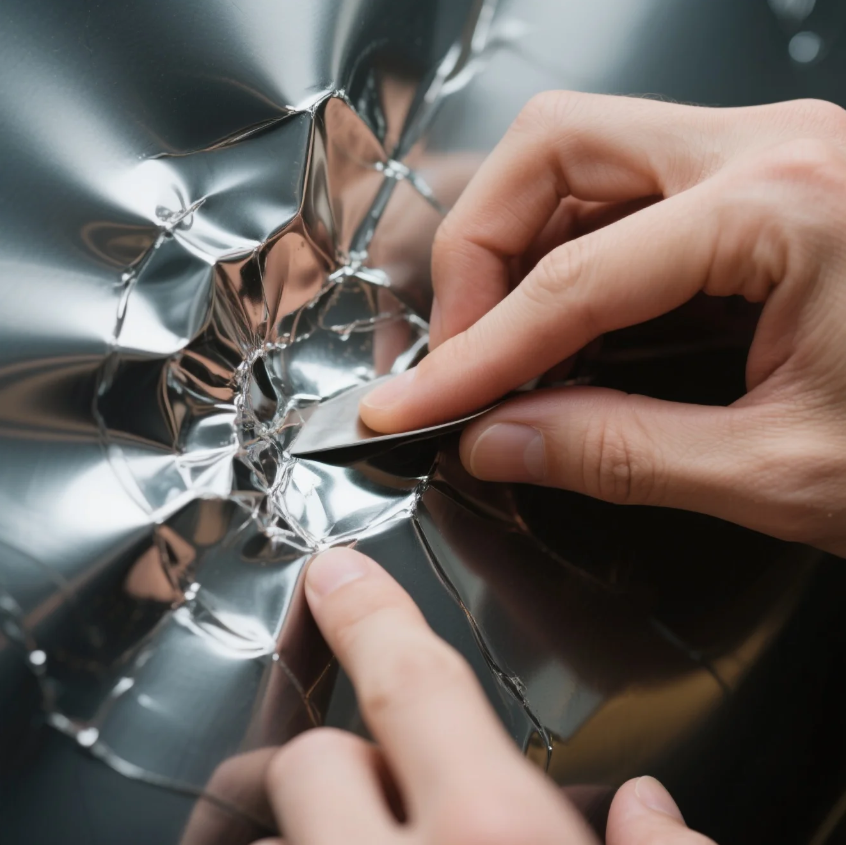
Sharp burrs on metal edges can injure workers and ruin assemblies.
To deburr metal by hand, use tools like flat files, deburring blades, sandpaper, or abrasive blocks to remove sharp edges and smooth the surface.
At Prime, we deburr manually for low-volume or high-detail parts, ensuring every custom metal bracket or panel is clean, safe, and ready for use.
How to make sheet metal edges not sharp?
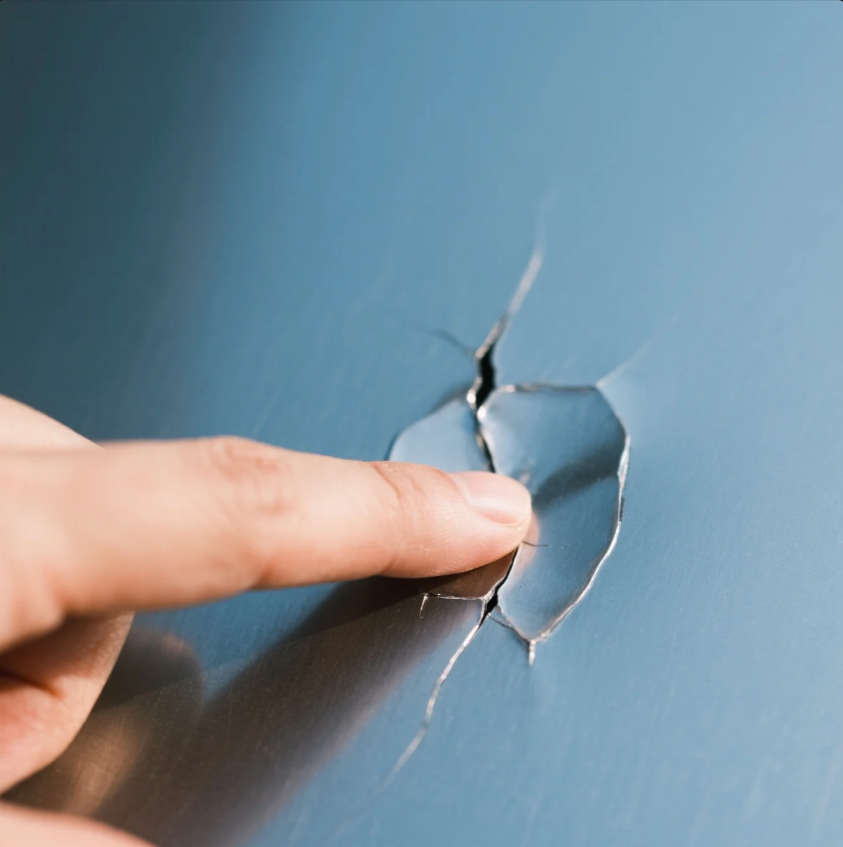
Laser cutting or punching leaves dangerous edges—even if parts look finished.
You can remove sharpness with a hand file, sanding block, or deburring tool. Light passes at a 45° angle help create a safe edge.
At Prime, we always inspect and test CNC-cut and hand-finished parts before packaging, especially for safety-critical applications.
Manual Edge Softening Steps
- Clamp the part securely
- Use a mill or flat file on sharp edges
- Follow up with 120–240 grit sandpaper
- Wipe the surface to remove dust or chips
This method is reliable for one-off parts, prototypes, or rework adjustments.
How to remove burrs from sheet metal?
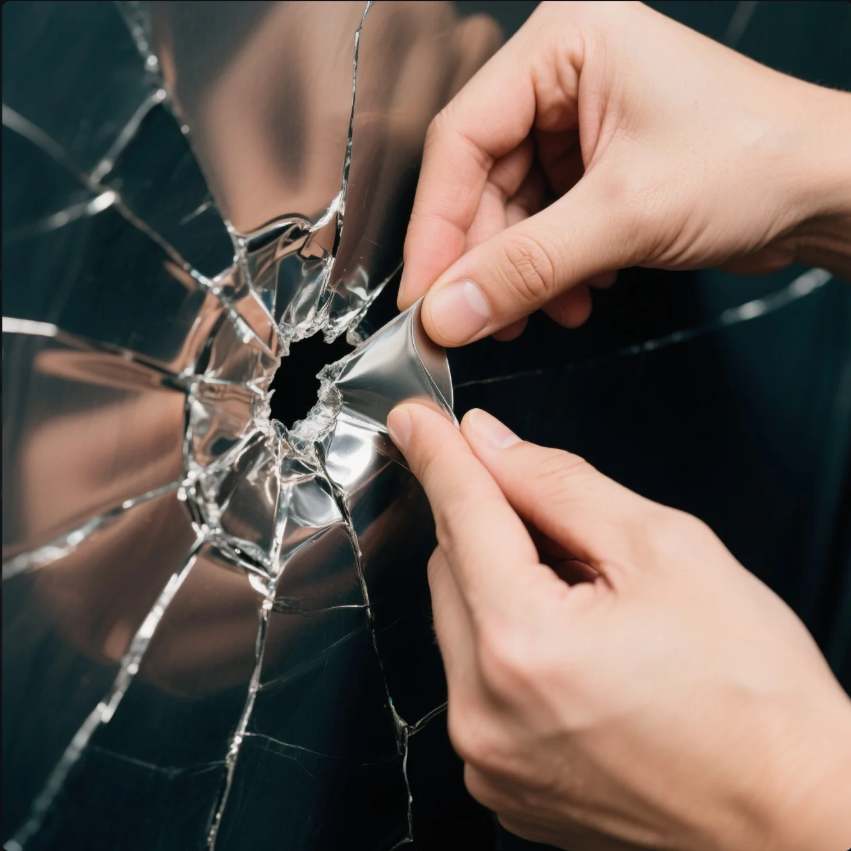
Burrs are tiny—but they create big problems in fit, safety, and coating.
Use a deburring blade, flat file, or Scotch-Brite pad to remove burrs. For holes, use a countersink bit or reamer by hand.
At Prime, we often hand-deburr precision aluminum and stainless steel components before applying anodizing or powder coating.
Burr Removal Tools
| Tool Type | Best For |
|---|---|
| Deburring Blade | Straight edges, internal holes |
| Flat File | Long exterior edges |
| Countersink Tool | Burrs around punched/drilled holes |
| Sandpaper | Final pass to polish the area |
We recommend using 240+ grit paper for final cosmetic cleaning.
How to deburr a steel sheet?
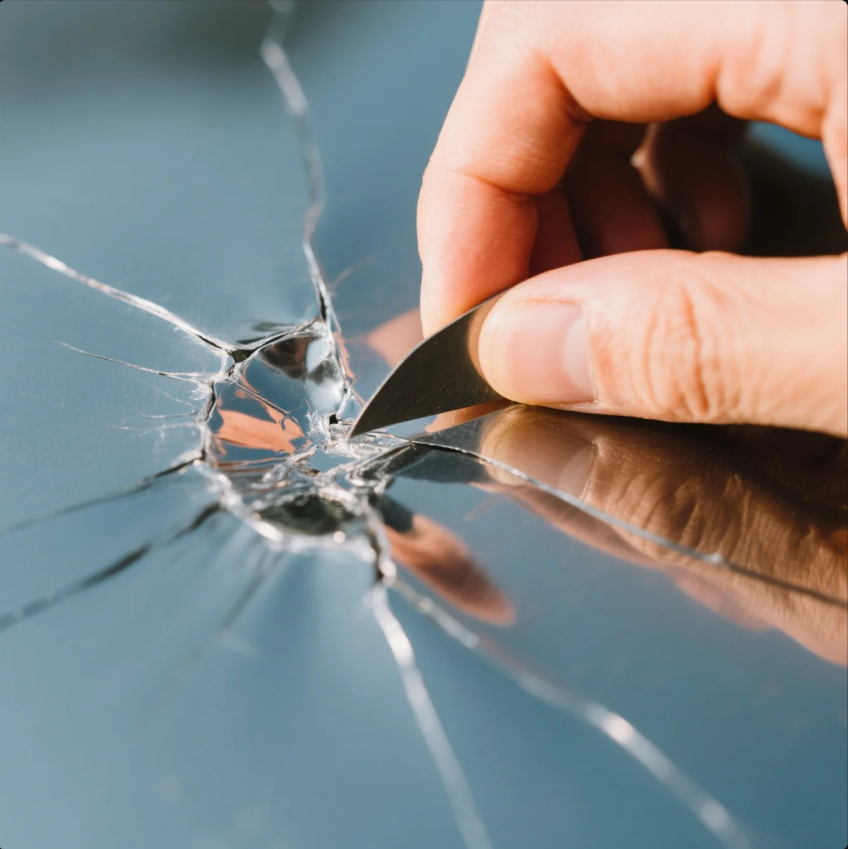
Steel is tough—so you need the right tool and steady pressure.
For mild or stainless steel sheets, use a coarse file first, then finish with emery cloth or deburring wheels. Always work along the edge, not across.
At Prime, we use hand tools for small-lot steel parts with cutouts, slots, and detailed profiles.
Steel Deburring by Hand
| Step | Tool Needed |
|---|---|
| Rough Deburring | Bastard file or coarse grit pad |
| Edge Rounding | Half-round file |
| Final Cleaning | Emery cloth (320+ grit) |
| Inspection | Glove test + visual inspection |
Protective gloves and goggles are essential—burrs on steel can be jagged and sharp.
How to file down sharp metal edges?
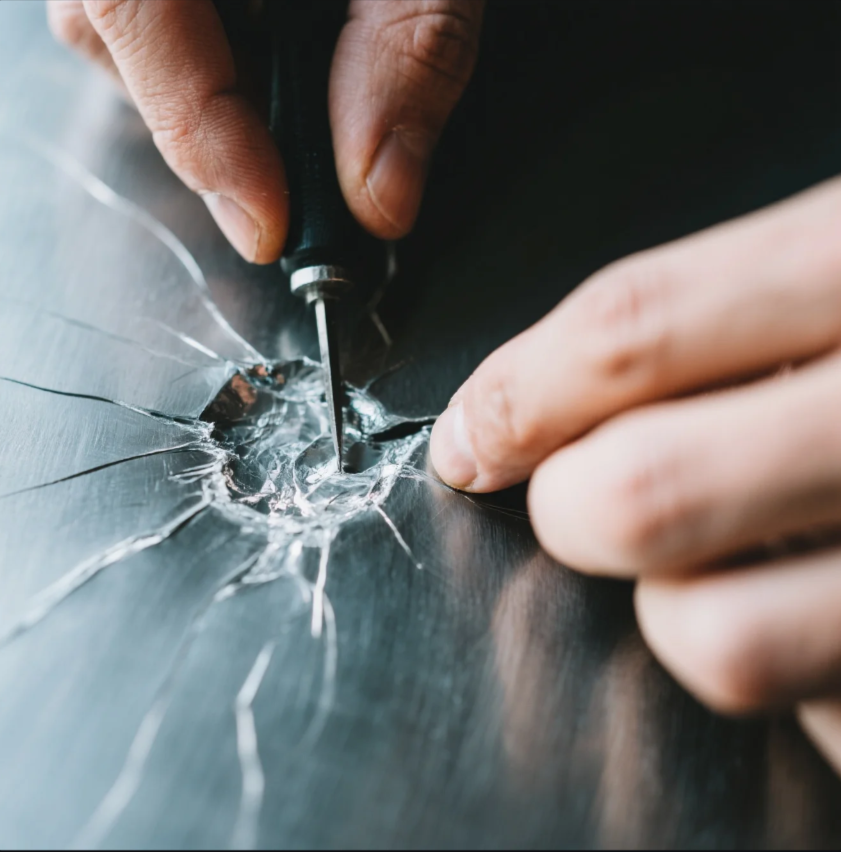
A file is the simplest and most effective hand tool for edge work.
Hold the metal part in a vice. Use a flat file at a 45° angle and apply firm, smooth strokes along the edge.
At Prime, we train operators to file consistently across multiple parts—ensuring sharp-free edges on all fabricated batches.
Filing Best Practices
| Tip | Why It Matters |
|---|---|
| Use single-cut files | Cleaner finish, less chatter |
| Always file in one direction | Prevents uneven edges |
| Brush files regularly | Keeps teeth clear of metal dust |
| Follow with sandpaper | Smooths any remaining roughness |
Need precision? Finish with 400–600 grit for cosmetic or coated parts.
Conclusion
To deburr metal by hand, file, sand, or scrape edges until smooth and safe—then inspect thoroughly.
Need professionally deburred metal parts? Prime offers manual edge finishing, ISO-certified production, and clean, safe components for global use. Contact us today for a quote on safe, smooth metal fabrication.

